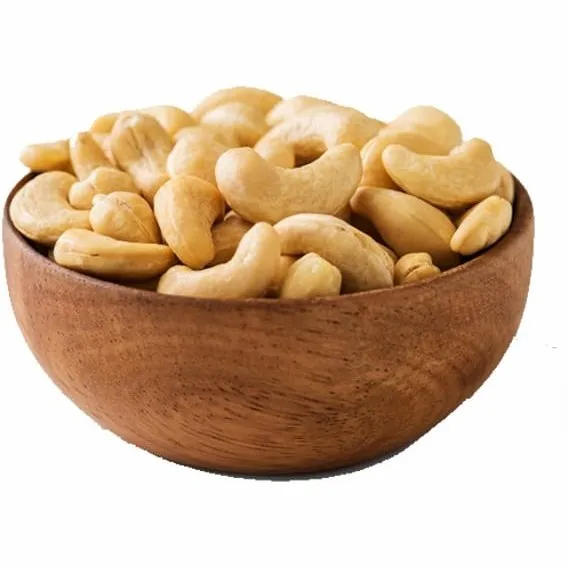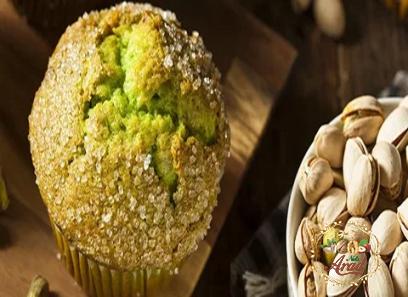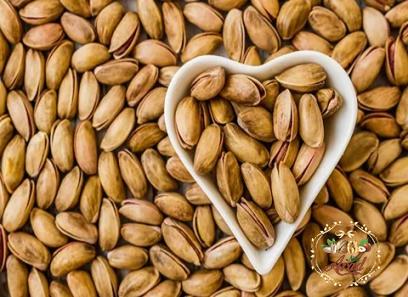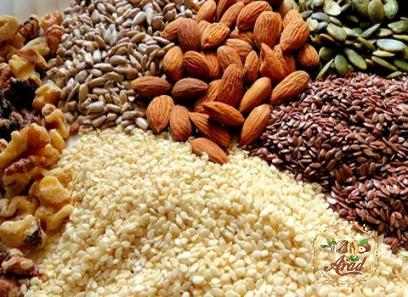Cashews, known for their rich flavor and creamy texture, have been a popular snack and ingredient for centuries. As the demand for cashews continues to grow, buyers are faced with navigating the intricate cashew market rate to make informed decisions. In this article, we will explore the buying aspects of cashew market rate, highlight the best types available, and provide insights into their usage.
Buying Cashew Market Rate
Understanding the cashew market rate is crucial for both buyers and sellers. The market rate fluctuates due to various factors like supply and demand, harvesting seasons, geographical and political stability, and global economic conditions. Buyers must stay abreast of these dynamics to make informed purchasing decisions and negotiate competitive prices.
Several factors influence cashew market rates, including grade, size, origin, quality, and processing method. Consider the following factors when buying cashews:
1. Grade: Cashews are categorized based on their size, shape, and quality. The market usually differentiates between grades like W-180, W-210, W-240, W-320, and W-450. The number associated with the grade represents the average number of cashews per pound (e.g., W-240 signifies there are approximately 240 cashews per pound). Higher grades generally command higher prices.

2. Size: The size of cashews affects their market rate. Larger cashews are in higher demand due to their desirable appearance and texture. However, smaller cashews may be preferred for culinary applications where a milder cashew flavor is desired.
3. Origin: Cashews are grown in various regions worldwide, including India, Vietnam, Brazil, and Africa. The origin can impact the flavor profile, quality, and consequently, the market rate. Buyers may have preferences for certain origins based on their experience and taste preferences.
4. Quality: Quality assessment includes several factors such as freshness, crunchiness, crispness, absence of defects, and color uniformity. Cashews with a higher quality rating generally fetch better prices in the market.
The Best Types of Cashew Market Rate
When it comes to cashews, different types cater to varying tastes and preferences. Here are some popular types of cashews available in the market:

1. Organic Cashews: Organic cashews have gained popularity due to increasing consumer demand for healthier and environmentally sustainable options. These cashews are sourced from farms that follow strict organic farming practices, ensuring no exposure to synthetic fertilizers or chemicals. Their market rate may be slightly higher due to the additional processes involved.
2. Roasted and Salted Cashews: This type of cashew undergoes a roasting process that imparts a smoky and nutty flavor, enhancing their overall taste. Additionally, the infusion of salt adds a savory touch to the natural sweetness of cashews, making them a favorite indulgence for many. Roasted and salted cashews are commonly available in the market and can be a cost-effective choice.
3. Unsalted Cashews: For those seeking a healthier option or those with dietary restrictions, unsalted cashews are an excellent choice. These cashews retain their natural flavor and are considered a versatile ingredient in various culinary preparations, from baking to stir-fries.
How to Use Cashew Market Rate
Cashews, with their rich and creamy texture, are a versatile ingredient that can be used in both savory and sweet dishes. Here’s a glimpse into how cashews can be utilized:

1. Culinary Applications: Cashews find extensive use in cooking, especially in plant-based or vegan recipes. They are a key ingredient in cashew-based sauces, gravies, and dressings, adding a velvety texture and a hint of sweetness. Cashews can also be ground into a paste to create dairy alternatives like cashew milk or vegan cheese.
2. Baked Goods: Cashews can elevate the flavor and texture of baked goods. They can be used to make delectable cookies, cakes, and bread, providing a satisfying crunch and a delicate nutty flavor.
3. Snacking: Cashews are a popular snack on their own or in combination with other nuts and dried fruits. They can be enjoyed roasted, flavored, or mixed into trail mixes for an energizing and nutritious snack.
4. Nut Butter: Cashews can be blended into a smooth and creamy nut butter that can be consumed on its own or spread on bread, crackers, or fruit. Cashew butter is a rich source of healthy fats and protein.
Navigating the cashew market rate requires a keen understanding of the various factors that influence prices and quality. Buyers should consider the grade, size, origin, and quality when making purchasing decisions. With an extensive range of options available, including organic, roasted and salted, and unsalted cashews, buyers can choose the best type that aligns with their preferences and culinary needs. Whether used in cooking, baking, as a snack, or in nut butter form, cashews add a delightful touch to a wide array of culinary creations.










